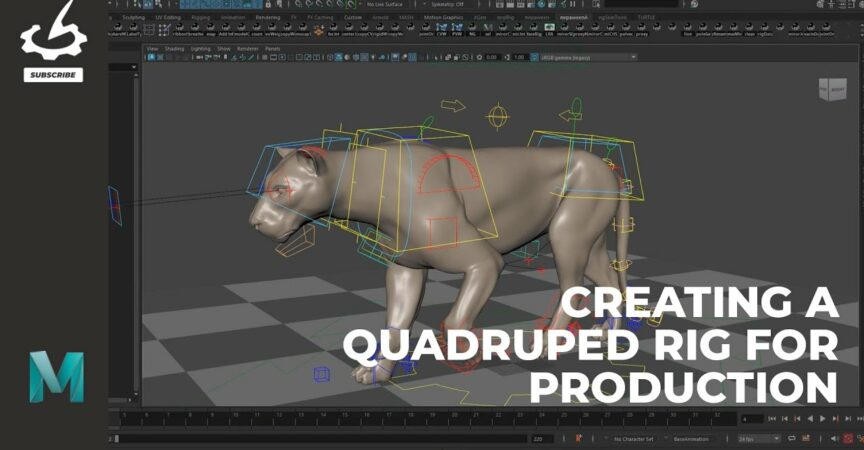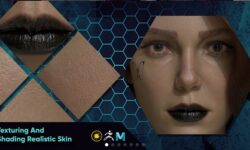Creating a Quadruped Rig For Production by Paween Sarachan
Release date:2020
Duration:06 h 33 m
Author:Paween Sarachan
Skill level:Beginner
Language:English
Exercise files:Yes
Improve the quality of your rigs with this professional guide to creating quadruped rigs. In this 6.5-hour workshop, Paween Sarachan shares the tips and tricks he’s learned to create user-friendly rigs while working alongside experienced professional animators in VFX production. The rigging system featured in this workshop was developed while working with Chalermphol Wattanawongtrakool, Senior Animator at Framestore, and Colin McEvoy, Animation Supervisor at DNEG. It has been tried and tested to meet the highest quality production standards while being animator-friendly.
This workshop begins from the basics and works through the creation of the final main-body rigs in a step-by-step process. One of the key components of this workshop is creating the realistic spine, which gives a final output that you’ll see used in VFX production — all without the need for any plugins. You’ll learn how to use the helper Python script to create the generic control rig and how to create a Spline-IK system with realistic behavior to push and pull the chest and pelvis, allowing all components to move together efficiently.
Parween also instructs how to create the FK/IK switch setup for the limbs, as well as the IK stretch setup, and the double FK control structure technique for the toe setup. You’ll learn the Limb Lock technique, the scapula auto aim setup, and discover Parween’s belly trick setup with cMuscleSmartConstraint node. He also covers the skinning weight technique using Maya’s skinning tools.





 Channel
Channel





